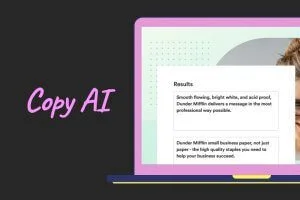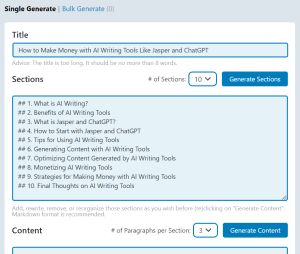It seems you’re interested in exploring the concept of “XAI” or “Explainable AI.”
This is a fascinating and rapidly evolving field in artificial intelligence. Let’s dive into what XAI is, its importance, and how it’s being implemented in various sectors.
What is XAI (Explainable AI)?
Explainable AI refers to methods and techniques in the application of artificial intelligence technology such that the results of the solution can be understood by human experts.
It contrasts with the “black box” nature of many AI systems, where the decision-making process is opaque and not easily interpreted by humans.
Note: Explainable AI, XAI, should not be confused with xAI, which is an AI company developed by Elon Musk, and builds generative AI models and chatbots such as Grok AI, and Grok-n series
Why is XAI important?
- Transparency: XAI helps in making the AI decision-making process transparent, allowing users to understand and trust AI systems.
- Compliance and regulation: In many industries, especially in healthcare and finance, regulations require decisions to be explainable. XAI ensures compliance with such regulations.
- Error reduction: Understanding how AI models make decisions can help in identifying and correcting errors in AI systems.
- Ethical decision-making: XAI promotes ethical considerations in AI decision-making by making it possible to scrutinize and challenge AI decisions.
Implementations of XAI

- Healthcare: XAI is used to explain diagnostic decisions made by AI, providing insights into how certain conclusions were reached, such as identifying specific features in medical imaging that lead to a diagnosis.
- Finance: In credit scoring and risk assessment, XAI helps in understanding the factors that lead to certain financial decisions, aiding in transparency and fairness.
- Automotive industry: In autonomous vehicles, XAI can explain the decisions made by the vehicle, like why it chose a particular route or why it reacted a certain way in an unexpected situation.
- Customer service: AI-driven chatbots and virtual assistants use XAI to explain recommendations or decisions to users, enhancing trust and reliability.
Challenges in implementing XAI
- Complexity: AI models, especially deep learning, are inherently complex, and making their decisions understandable is a significant challenge.
- Trade-off between accuracy and explainability: Often, more accurate AI models are less interpretable, and vice versa.
- Subjectivity: What is “explainable” can be subjective and vary from one individual to another.
Future of XAI

The future of XAI includes continued research and development to create more sophisticated methods of making AI decisions transparent and understandable.
This could involve developing new types of models that are inherently more interpretable or creating interfaces that effectively communicate AI decisions to users.
XAI is a crucial aspect of AI development, ensuring that as AI systems become more integrated into our lives, or AGI becomes more achievable, they remain understandable, accountable, and transparent.












